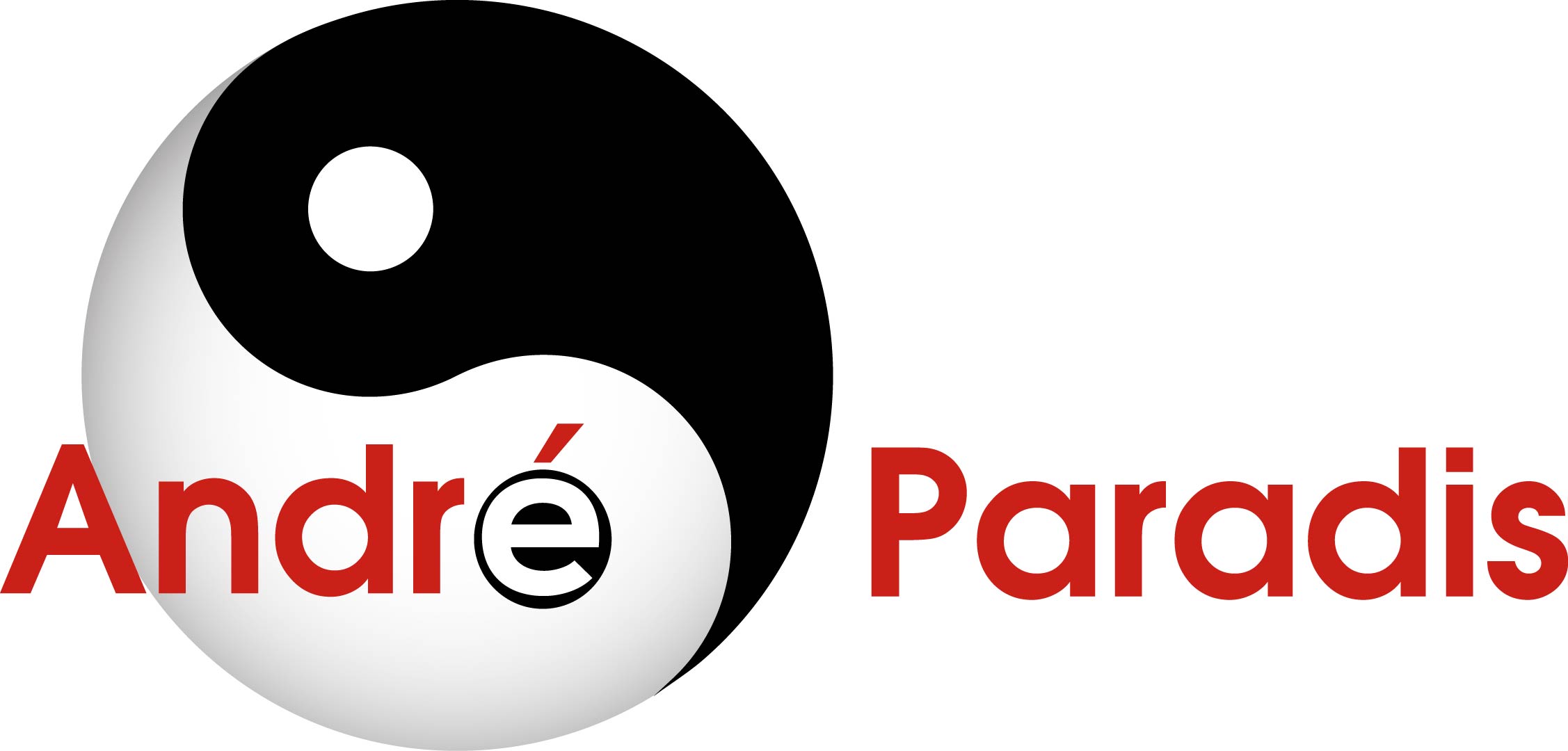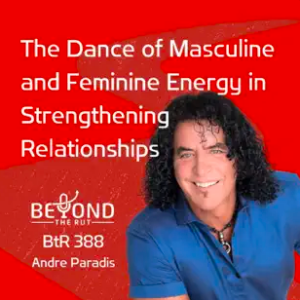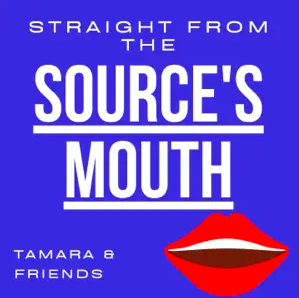Overcoming Anxious Relationship Styles
Hey there, everyone!
I’m Andre Paradis, your host and coach at Project Equinox. Today, I’m excited to delve into a fascinating topic that’s crucial in the realm of relationships: the attachment styles. Specifically, we’ll be shining a spotlight on the anxious attachment style.
In the world of attachment theory, there are three primary attachment styles: Secure, Anxious, and Avoidant. These styles often trace back to our early experiences during childhood. If you were fortunate enough to grow up in a healthy family environment with loving and secure bonds, you likely developed a secure attachment style. This sets a strong foundation for future relationships, making it easier to form healthy connections and raise secure, well-adjusted children.
However, today, our focus is on the anxious attachment style. Individuals with this attachment style often grapple with a deep-seated fear of abandonment and rejection. They yearn for intimacy and closeness but are haunted by the constant fear of being left alone. This inner turmoil leads to a push-pull dynamic in their relationships, where they desperately want connection but are paralyzed by their fear of abandonment. The result? Anxiety takes center stage in the relationship.
It’s a bit like a self-fulfilling prophecy, and it can be perplexing for those caught in its grip. Anxious individuals often seek constant reassurance from their partners, constantly worrying about the stability and commitment in the relationship. This heightened anxiety becomes a breeding ground for insecurity and jealousy, adding even more strain to the relationship.
Some common signs of anxious attachment include overthinking, excessive worry about their partner’s thoughts and actions when they’re apart, and difficulty trusting their partners. They may become overly dependent on their partners or become anxious if their partner doesn’t meet their expectations, creating a toxic cycle of negative dynamics.
So, the million-dollar question is, how do you heal anxious attachments in relationships? It’s a tough challenge that involves establishing healthy boundaries and effective communication. For anxious individuals, this can be especially difficult because their fears and anxieties often hinder open and honest dialogue.
Healing begins with self-care and self-love. It means turning the focus inward and asking yourself important questions: What do I need? Why am I so afraid? Where does this fear come from? This introspection, often referred to as “doing your work,” is critical. We are products of our past and our upbringing, and unresolved issues from our past can seep into our relationships, wreaking havoc.
In addition to self-care, effective communication is key. Most of us struggle with effective communication, and for anxious individuals, this challenge can be amplified. Setting clear boundaries and understanding your own needs and reactions is crucial.
Perhaps one of the most significant steps is challenging the negative beliefs that lurk in your mind, beliefs often rooted in childhood experiences of abandonment, neglect, or abuse. These beliefs make you want love but fear it at the same time, resulting in the anxious push-pull dynamic. It’s essential to confront and work through these beliefs to move forward.
Seeking professional help, whether through a coach or therapist, can be a game-changer. Don’t despair if you find yourself in an anxious attachment style; it’s not permanent. With dedication, time, and effort, you can transform your relationship patterns.
Remember, it takes courage to embark on this journey, but it’s well worth it. Don’t allow fear and insecurity to dictate your relationships. Instead, challenge yourself to grow, evolve, and create the healthy, fulfilling relationships you desire.
In my next video, I’ll dive into the avoidant attachment style. But if you’re curious about my work, coaching, or programs, head over to projectequinox.net, click on the contact tab, and schedule a complimentary VIP one-hour session with me. It’s an opportunity to take action, step into your future, and address those attachment issues. Be courageous, take the leap, and let’s chat. I look forward to connecting with you soon. Thanks for tuning in! Goodbye for now.


